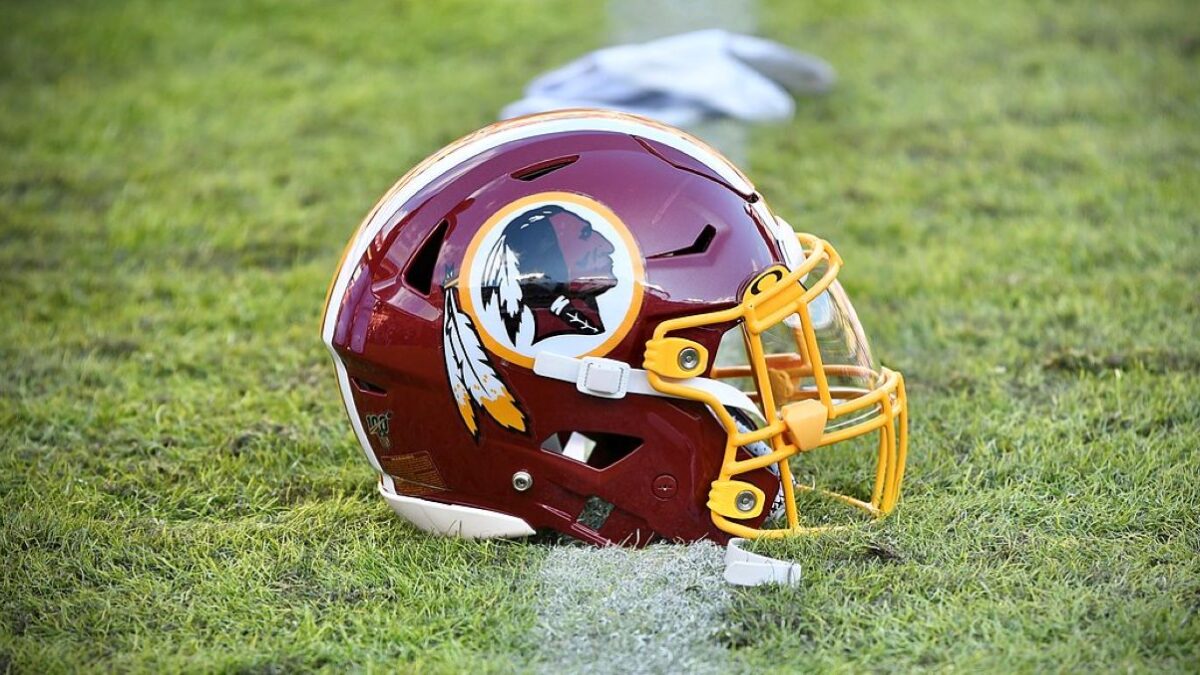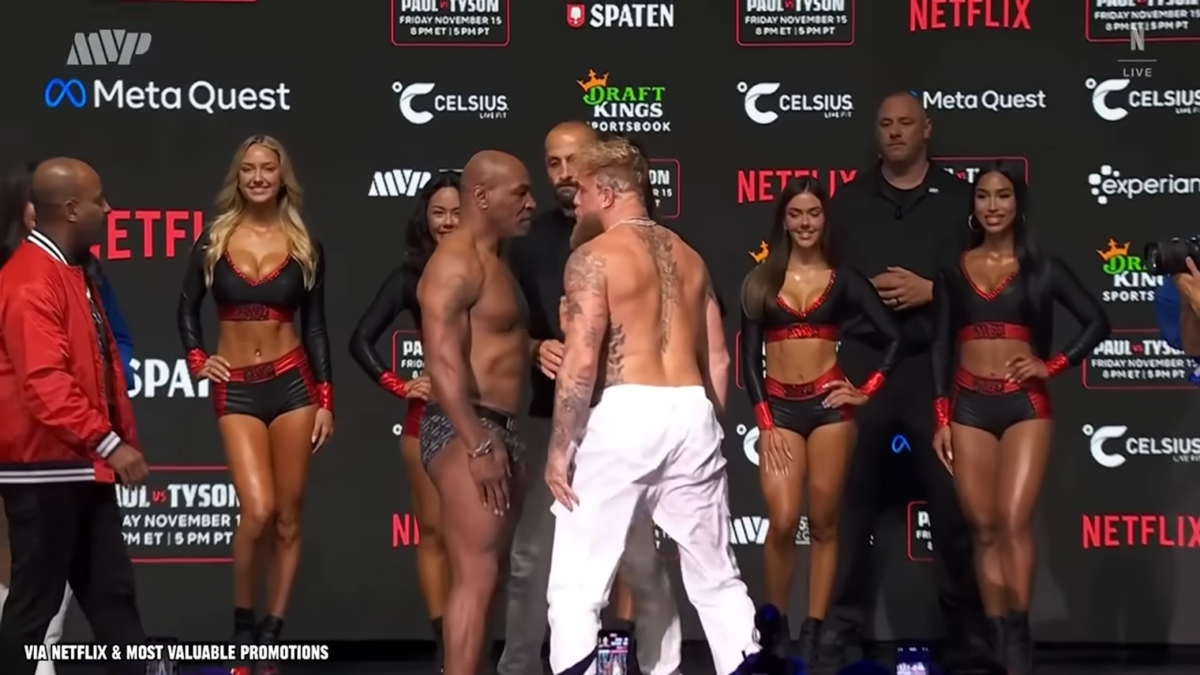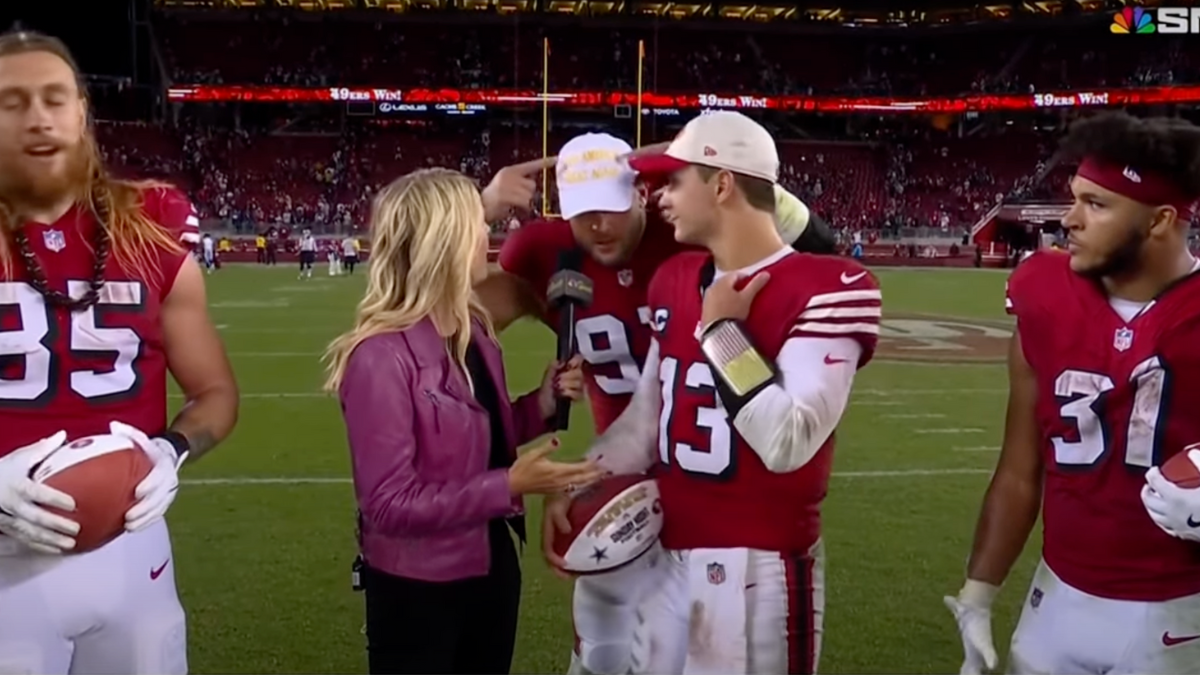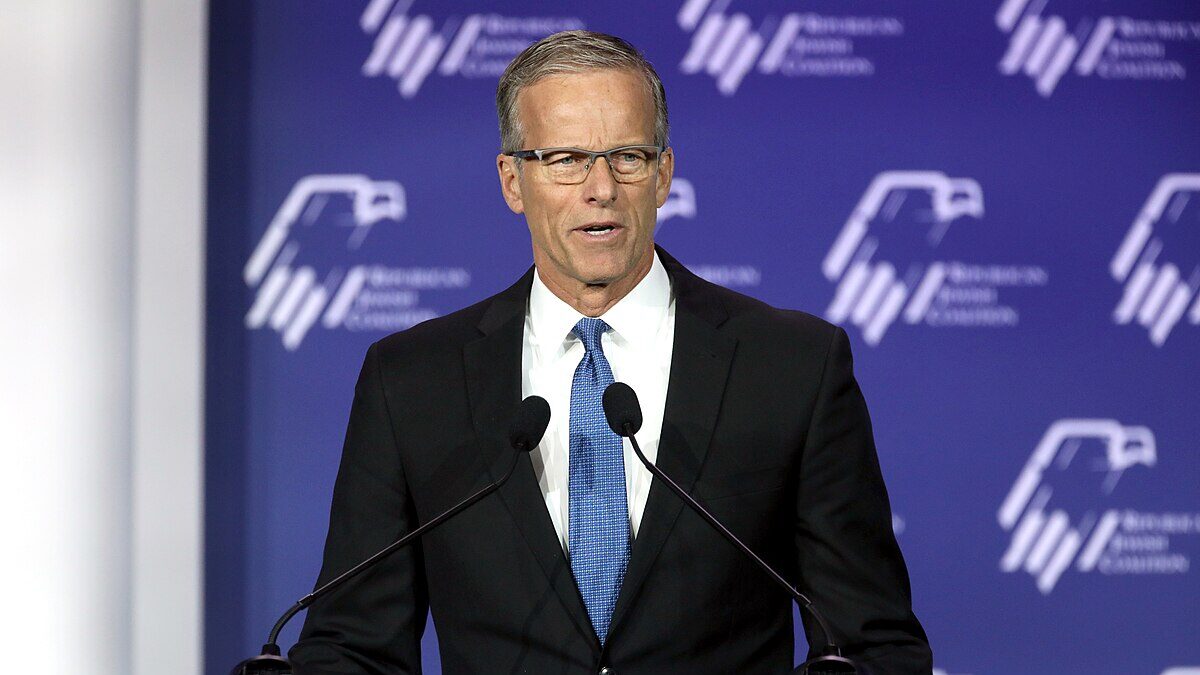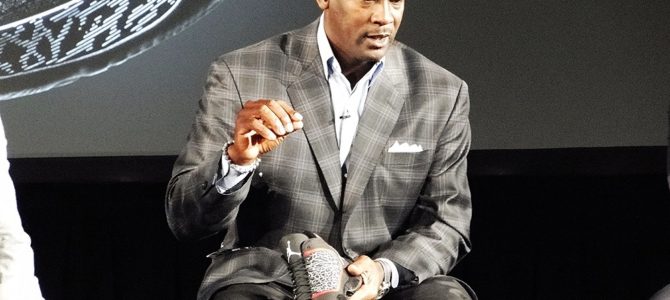
The ten episodes of the much-anticipated documentary “The Last Dance,” which aired on ESPN over the past five weeks, have provided countless fodder for a sports-deprived country, on several levels.
First, basketball fans under about age 35, who don’t remember Michael Jordan’s playing career, got a chance to understand the phenomenon that Jordan and the Chicago Bulls became in the 1990s. Even for older fans who lived through this history, the never-before-seen behind-the-scenes footage provided a fresh perspective from the Bulls’ championship runs, enlivened by commentary from the players reflecting on events from a quarter-century ago.
As basketball columnist, Chicago native, and lifelong Bulls fan Michael Wilbon noted, the documentary also gave the nation the chance to see another side of Jordan. The superstar jealously guards his private life; unlike most current players, he doesn’t provide omnipresent commentary on Twitter or other forms of social media.
To see Jordan relaxed in an easy chair, cigar and drink nearby, provide his frank—and often expletive-laced—take on basketball and his teammates has provided something of a revelation. (ESPN2 has aired edited versions of the episodes, for families who don’t want to expose their children to F-bombs from Jordan and others.)
Just as important, looking back on the Bulls’ 1997-98 season, and Jordan’s career as a whole, illustrate how basketball has changed over the years. Several incidents from the series stand out as indicative of larger themes in sports.
Gambling: Episode six chronicles Jordan’s escapade during the 1993 Eastern Conference finals, when he and his father went to Atlantic City to gamble between games in New York. At the time, the episode prompted major headlines nationwide—perhaps because the Bulls lost the first two games to the Knicks.
Conspiracy theorists went so far as to suggest that his father’s tragic 1993 murder had something to do with Jordan’s gambling habits. (All evidence suggests James Jordan’s assailants did not know his identity when they killed him; robbery, and not revenge or murder-for-hire, motivated the homicide.)
But the widespread growth of gambling nationwide—in casinos, and since a 2018 Supreme Court decision, sports gambling as well—may make Jordan’s actions seem less scandalous in retrospect. In interviews for the documentary, Jordan admitted that he has a competitive problem, which helps motivate his gambling, but not a gambling problem per se. He wagers sums most Americans would consider astronomical, but given his status as a self-made billionaire, the idea that a gambling “problem” has cost him financial security seems highly inaccurate.
Drug Use: In episode one, Jordan talked about his initial season with the Bulls, then a moribund team in a sport and a league not nearly as prominent as pro football or baseball. Asked about a description of that team as the “Bulls’ traveling cocaine circus,” Jordan recounted an episode where he stumbled upon his teammates in a hotel room with marijuana, lines of cocaine, and women.
Jordan said he never partook of the substances. His competitiveness likely wouldn’t allow him to use drugs, for fear he would lose his “edge.” But the NBA eventually moved away from its 1970s and 1980s reputation as a drug-ridden league.
Top draft pick Len Bias’ death in 1986 from an accidental overdose helped basketball to clean up its act, as did Jordan. With Jordan and the Bulls bringing the game so much new revenue, interest, and sponsors, the league and its players had strong financial incentives to eliminate drug use within the sport—and much money to lose if they did not.
Fraternizing with Opponents, Part One: Episode two recounts how, on an off day between games of his playoff series with the Boston Celtics, Jordan played golf with Celtics guard Danny Ainge. Draymond Green, a forward with today’s Golden State Warriors, used the story to dub “ridiculous” the notion that the Jordan-era league featured more cut-throat competition than the current NBA.
On the other hand, Jordan scored 63 points—still an NBA playoff record—the day after his golf game with Ainge. The idea that Jordan’s recreational activities with a player on the opposing team lessened his competitive fire seems far-fetched. In fact, Ainge called the game a bad idea for him, because it only gave Jordan additional motivation to dominate him and the Celtics the following day.
Fraternizing with Opponents, Part Two: Episode four recounts the infamous incident in which the Detroit Pistons, in the final seconds of getting swept by the Bulls in the 1991 Eastern Conference finals, walked off the court without shaking the Bulls players’ hands. The documentary interviewed both Jordan and Pistons point guard Isiah Thomas about the incident, with the former claiming that nothing Thomas could say about the walk-off would make Jordan think him anything other than an “a—hole.”
Thomas admitted that, given the later publicity surrounding the incident, he wished he would have shaken the Bulls’ hands prior to walking off the court. (Thomas’ regret might have much to do with the fact that he was left off of the 1992 Olympic “Dream Team”—a slight that still stings him—in part because of the blowback from the walk-off snub.) But he also admitted that, in the moment, he didn’t think it necessary to congratulate the team the Pistons had played in three straight hard-fought playoff series from 1989-91.
This lingering animosity in which players and teams loathe each other stands in contrast to the modern NBA. Since LeBron James “decision” to take his talents to South Beach in 2010, players have taken it upon themselves to create “super-teams” of stars cobbled together from multiple franchises. Rather than beating their opponents, as Jordan and the Bulls finally did with the Pistons, many NBA players would rather join them, a sentiment that many old-school players like Jordan cannot relate to.
Perfect Timing: While it still seems odd that Jordan refused for 22 years to authorize the use of archival footage taken during the 1997-98 season, his timing nevertheless proved impeccable. “The Last Dance” aired at a time when a nation, and a world, deprived of live sporting events longed for non-coronavirus news. Its previously unreleased footage and new interviews shed new light on events long since past, and revived debates comparing great players across different basketball eras.
Ironically enough, the documentary’s release during sports’ hiatus allowed Jordan—always obsessed with dominating his opponents—to drive cultural discussions once again. As the sports world now begins, slowly but surely, to resume competitive activity, “The Last Dance” provided the right medicine at the right time.
Episodes of “The Last Dance: will re-air on ESPN and are available on Netflix.


